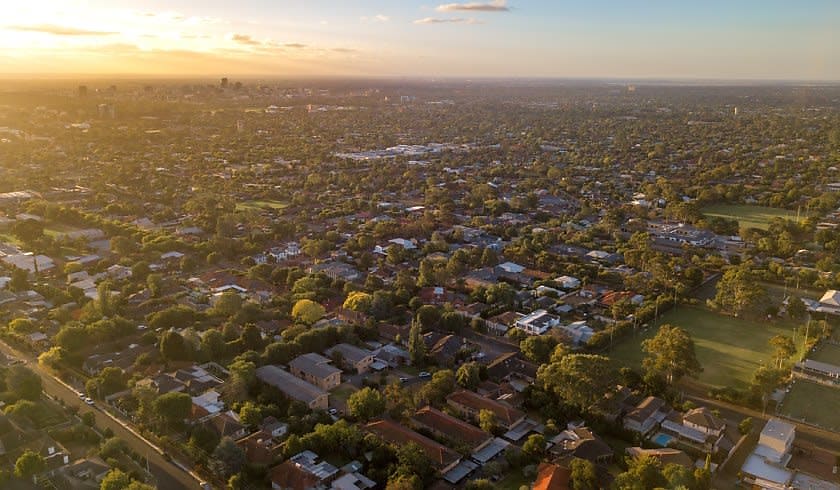What is co-located housing and why is it top of SA’s agenda?
South Australia is looking to shake up its planning rules to encourage the renovation of traditional single family homes into smaller, self-contained units.

So far, South Australia’s State Planning Commission has released a draft of its Future Living Code Amendment, which forms part of its housing roadmap intended to guide the state’s changed approach to housing, in order to address the shortage of supply.
The amendment seeks to make changes to encourage existing homes to be retained, altered and extended to create “co-located” housing, rather than demolishing a house and subdividing the site to build multiple homes.
South Australia describes this new form of housing as “unique in that all homes within the development are of similar stature, without the hierarchy of, for example, a house and a granny flat”.
In this model, green areas are shared, making it unlike conventional units which generally have partitioned individual outdoor space, if at all.
According to the South Australian government, the changes not only aim to preserve the character of these neighbourhoods but help preserve mature trees and established gardens, as well as build a greater sense of community, through a shared open space rather than small private gardens.
The regulations specify that each home that is part of the co-located housing development can be bought and sold separately, and will be managed through a community title scheme.
Originally conceived for older people wishing to downsize in their own community, co-located housing is expected to appeal to a range of South Australians, and also serve to ensure that communities remain open to people with a diverse range of housing needs.
Craig Holden, chair of the State Planning Commission, called this amendment “a rare opportunity to introduce a new form of housing to our planning system, which increases housing diversity in Adelaide’s established suburbs”.
He noted that the government had worked in close partnership with the University of South Australia and a number of participating councils to ensure the rules are fit for purpose.
“South Australia is leading the way in developing this community focused housing model, which provides for the sensitive delivery of smaller housing options in areas where more diverse housing choices are greatly needed,” Holden said.
“The State Planning Commission is now keen to hear feedback from the community and industry to help shape the final planning rules for co-located housing,” he added.
South Australian communities and industry members have through November to provide feedback on the plan through the state’s YourSAy site.

